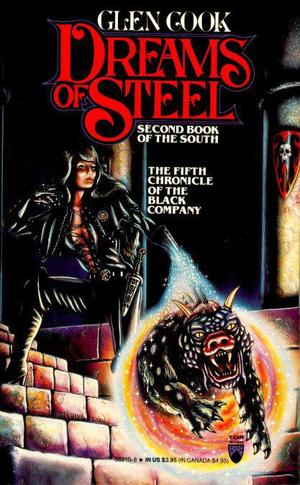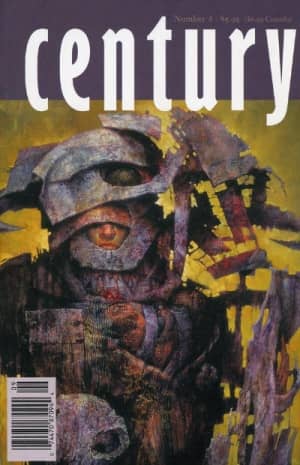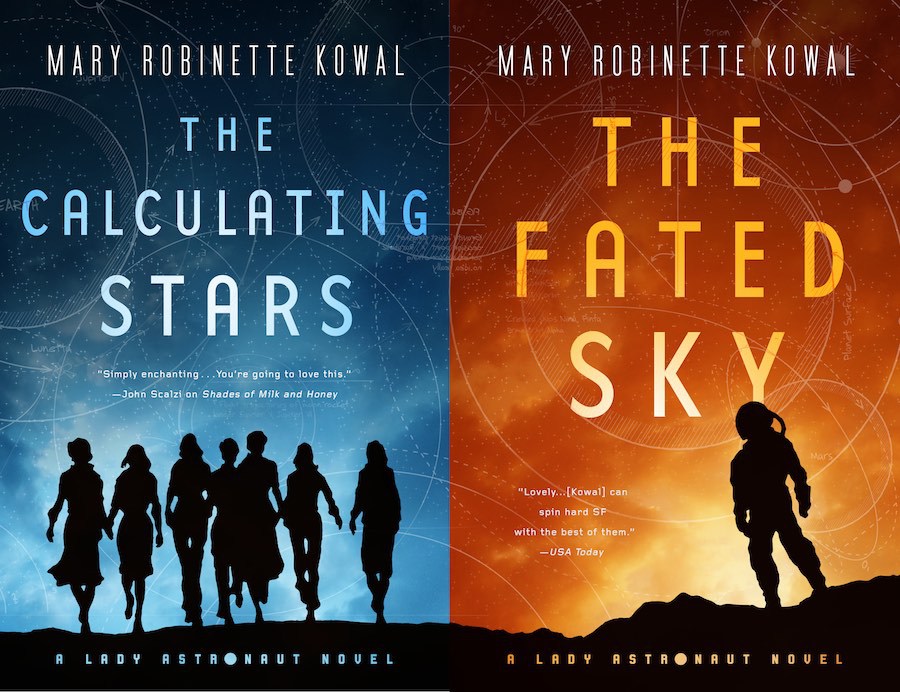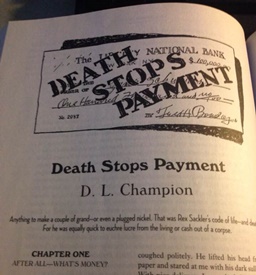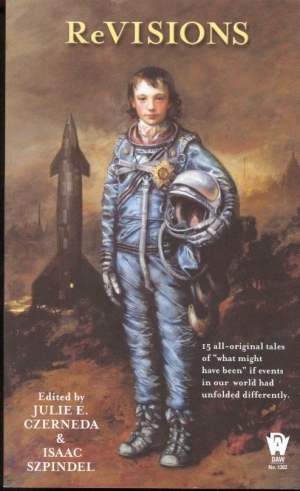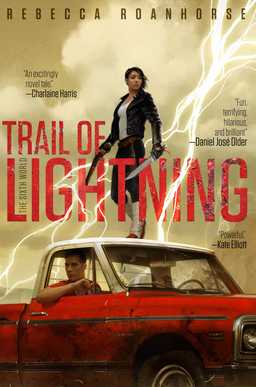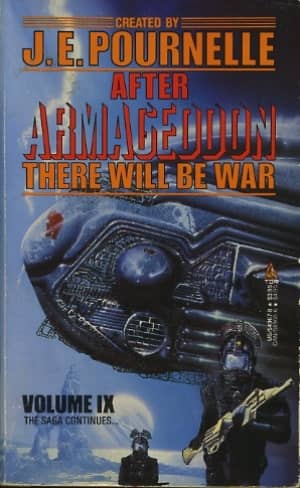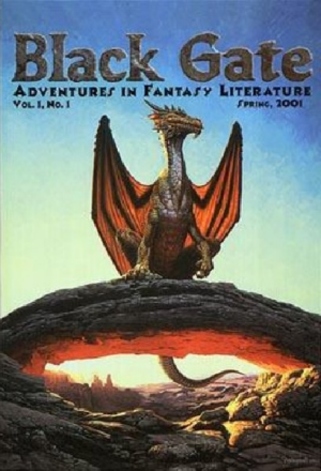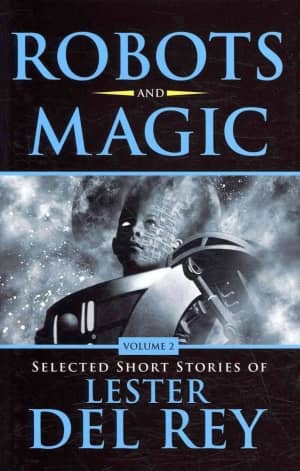The Book of Lady: Dreams of Steel by Glen Cook
Many months have passed. Much has happened and much has slipped from my memory. Insignificant details have stuck with me while important things have gotten away. Some things I know only from third parties and more I can only guess. How often have my witnesses perjured themselves?
It did not occur to me, till this time of enforced inactivity befell me, that an important tradition was being overlooked, that no one was recording the deeds of the Company. I dithered then. It seemed a presumption for me to take up the pen. I have no training. I am no historian nor even much of a writer. Certainly I don’t have Croaker’s eye or ear or wit.
So I shall confine myself to reporting facts as I recall them. I hope the tale is not too much colored by my own presence within it, nor by what it has done to me.
With that apologia, herewith, this addition to the Annals of the Black Company, in the tradition of Annalists before me, the Book of Lady.
-Lady, Annalist, Captain
Dreams of Steel (1990) picks up right after the end of the previous book, Shadow Games — which means it picks up in the middle of utter disaster. Under the command of Captain Croaker, the invigorated Black Company had marched south to contend with the armies of the Shadowmasters. In a stunning series of victories they crushed the Shadowmasters’ forces and by coup de main took the fortified city, Dejagore. The unexpected arrival of massive reinforcements under the Shadowmaster Moonshadow proved too much. Both Lady and Croaker appeared to be killed in the battle that followed. Under Lieutenant Mogaba the survivors retreated into the city and were besieged.
In the last pages it was revealed Croaker wasn’t dead. He had been taken prisoner by Lady’s sister, Soulcatcher. This is very bad. She was Lady’s and the Company’s great nemesis and she had, or so everyone thought, been killed nearly twenty years before, at the end of the first book, The Black Company. And when I say killed I mean killed, complete with her head chopped off. Now she’s back with plans for vengeance against her sister, primarily by separating her from Croaker, the only man Lady’s ever loved.
Lady awakens on the battlefield outside Dejagore surrounded by the dead and the dying. Fortune seems to shine on her and she escapes being discovered by looters. Later she meets some more looters, a pair of men from two different religious groups, an unlikely alliance in the region around Taglios. The first is Ram, a huge young man; the second, a tattered, wizened little man called Narayan Singh. She overhears them speaking of “the Year of Skulls” and “the Daughter of Night.” When she asks them who they are, they claim to be only deserters from the Taglian army. Despite her suspicions, Lady takes them along with her as she sets off to find any survivors of the Black Company not besieged in Dejagore. With Croaker apparently dead, she is set to declare herself Captain.
Gradually, Lady discovers that her new companions are Deceivers, members of a cult dedicated to the worship and freeing of Kina, the goddess of death. By killing enough people, supposedly freeing them from the wheel of reincarnation, they will usher in the Year of Skulls and free their divine mistress. In Lady, they seem to see their prophesied messiah, the Daughter of Night. Lady, a firm unbeliever in any and all deities, sees a point of leverage with them. She begins to consolidate her power in the face of uncertain loyalty from her soldiers, uncertain motives from her employer, the Prahbrindrah Drah of Taglios, and the misogyny of the powerful priests of Taglios’ three major religions, using the Deceivers as a hidden and a not so hidden hand.
